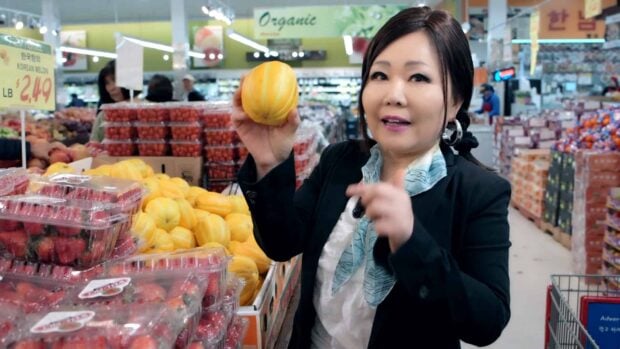Yuja is a tart, sweetish, citrus fruit has a taste between a lime, lemon, orange and grapefruit, with a strong, fresh smell that’s totally unique and unmistakeable. You can smell it in the market when you pass by someone selling it, and just sitting in your room it will give off a wonderful aroma.
Some people call yuja “citron” in English, but that’s a totally different fruit. Yuja originally comes from China, and made its way to Korea and Japan a long time ago. In Japan it’s called yuzu, and while it’s the same fruit as yuja, I’ve personally never tasted a yuzu that was like the yuja I know from Korea. I’ve never been to Japan, but the Japanese yuzu I had in New York was grown in America and smaller and less fragrant than the yuja I’m used to. It also tasted differently.
Maybe if I went to a real yuzu farm in Japan I’d find out what yuzu really taste like.
In Korea, yuja are grown in the south, near the sea, because the soil and the sea breeze is best for them there. They are also grown in the heat and the cold, and peak season for harvest is November and December, well into the chilly season. Some people say that the best yuja are picked after the first frost.
When I lived in Korea years ago, yuja were very expensive. Part of the reason was because it took 15 years for a yuja tree to bear good fruit, so it was a big investment for any farmer. Since then, Korean botanists have developed a hybrid that bears fruit sooner, so now the price is much lower.
When choosing a good yuja, pick the biggest, roundest, and yellowest you can find. The skin should be evenly pockmarked and lumpy.
Yuja are illegal to import to the US and I’ve never seen them in Canada, either. You can find premade yujacha (yuja tea) in the West, but I’ve only ever seen real, fresh yuja in Korea.









